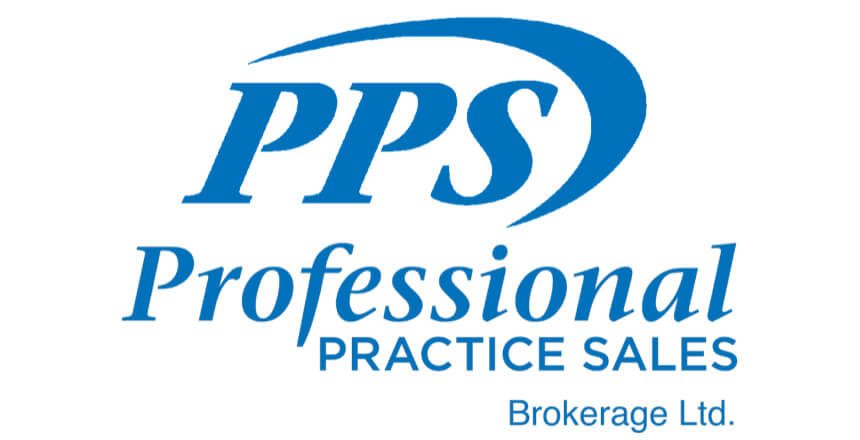
My three children have all been involved in a sailing camp near our cottage for many years. They have all been students, racers and instructors there over the last 15 years. During this time the club has had about five different Commodores and new Head Instructors every two years. Despite this, enrollment of students has remained strong and the sailing community is very vibrant. What does this have to do with dentistry and the buying or selling of a dental practice? The parallel is that while the leadership and instructors at the camp change, the membership and students continue on, just as it should be when the leadership or principal dentist changes in a dental practice.
One of the biggest concerns expressed by both our buyers and sellers during the time they are considering buying or selling a practice is “what will happen to the patients?” The sellers worry whether they will stay with the new owner and whether they will be treated fairly and compassionately. They also worry about the team. Will they be treated respectfully, and will they stay with the new owner? The buyers worry about attrition and will they be able to retain a healthy percentage of the patients. Given that the goodwill component of the purchase price of a practice is averaging around 80 per cent of the value, these are very valid concerns.
In order to make the transition from seller to buyer go smoothly and in order to transfer the goodwill successfully, there are several important steps to take before, during and after the sale. Before the sale, the seller must recognize that while we are in a very good market, buyers are smart and well advised, so nothing will be kept from them. There is no point in trying to paint a picture that is not real. Your practice will be assessed on its merit, and will be based on what has happened over the last three years, not what might happen in the next three years. What you can do is de-clutter, purge your charts, make sure the office looks fresh and clean, and have good competent staff members who are paid reasonably. You also should decide fairly early in the process if you will stay for a transition period. If the practice is large enough to allow for a transition, this is the best way to insure maximum goodwill transfer. I will write further about the stay or go decision in a future edition of The Professional Advisory.
During the sale process, remember that your practice will be analyzed meticulously. Keep the practice vital, and the new patients flowing. Remember that everything you do or don’t do will be looked at. Try to keep the practice in a steady state, do not “have one foot out the door” until the deal closes. Assuming you are working with a broker, inform them of your wishes for timing, transition and let them know the kind of person that would be an ideal fit. The fit is determined by practice philosophy, protocols of treatment care, and patient expectations. The best chance for a successful transition is by putting a round peg in a round hole. Both buyers and sellers should be supported by an experienced team of experts during this process.
Buyers should be flexible in their desires but have a clear vision of what they would like to buy. Become educated on the market and get to know all the brokers. When the time is right, act swiftly and confidently and be prepared to be aggressive. Think about your practice as a 20 plus year investment and make an offer with that time horizon in mind. During the purchase process, be prepared to spend time analyzing the practice financial metrics, patient charts and demographics and the geographic area. Utilize experts in the field for help in this analysis and remember that nothing is perfect. You may find the perfect patient base but the practice is not digital. Things like that should not stop you. What should stop you is if you determine that you have major philosophical differences or a large skills gap with the vendor. Those differences would be hard to overcome and a successful transition would be difficult. After the closing, remember that what you bought was not broken. You do not need to fix it! Resist the temptation to put your stamp on the practice immediately. The most important things to do are treat the staff with the utmost respect, you need them to help you with the goodwill transfer and, treat the patients gently and with kind compassion. You will have lots of time to make the changes you want over time. During the first year, the fewer changes, the better.
If you follow those steps both buyers and sellers can enjoy smooth “sale-ing”, just like my kids sailing club does!

